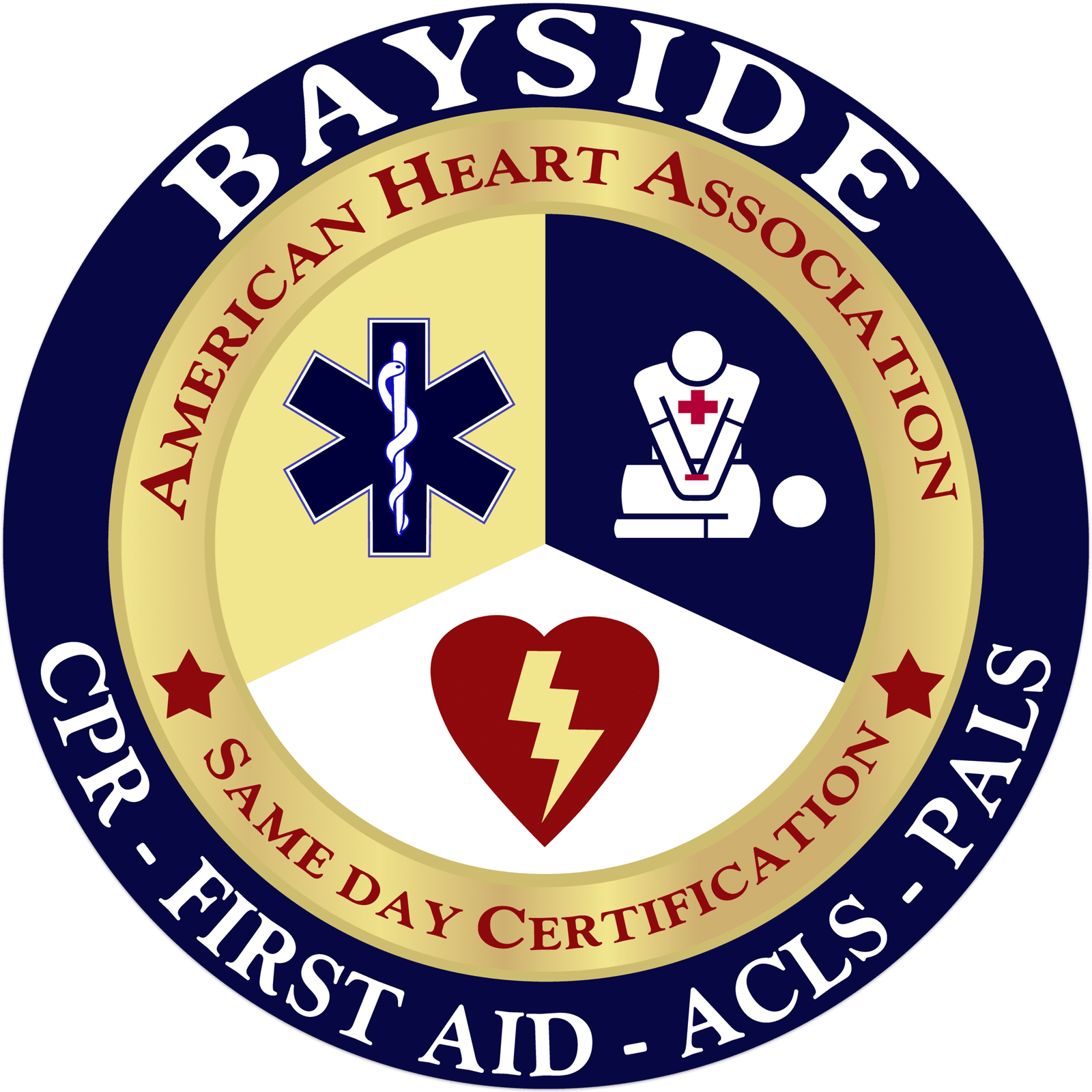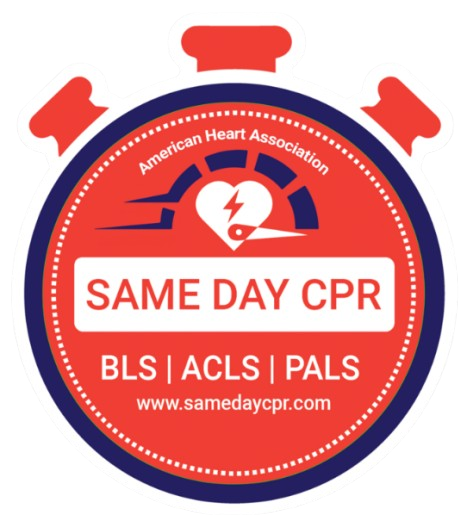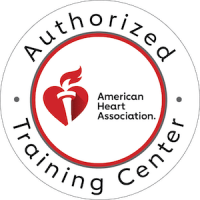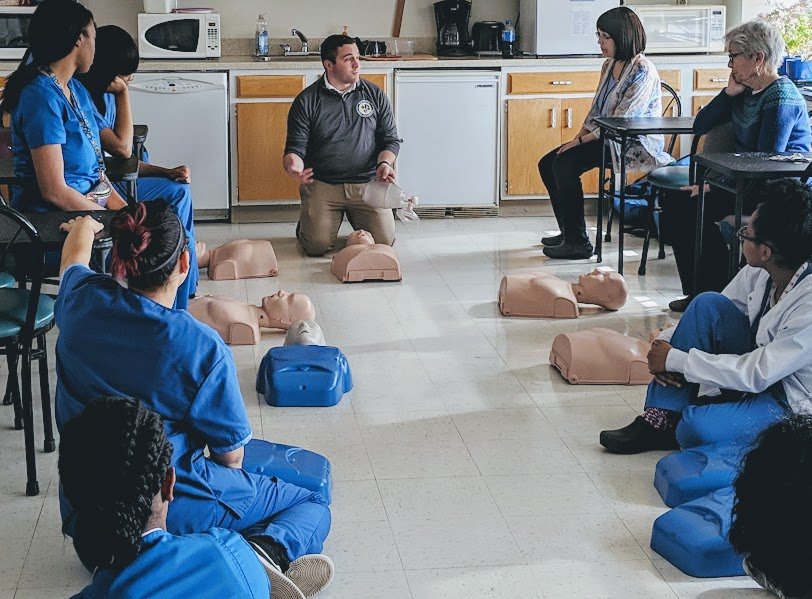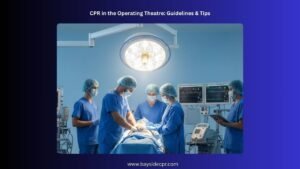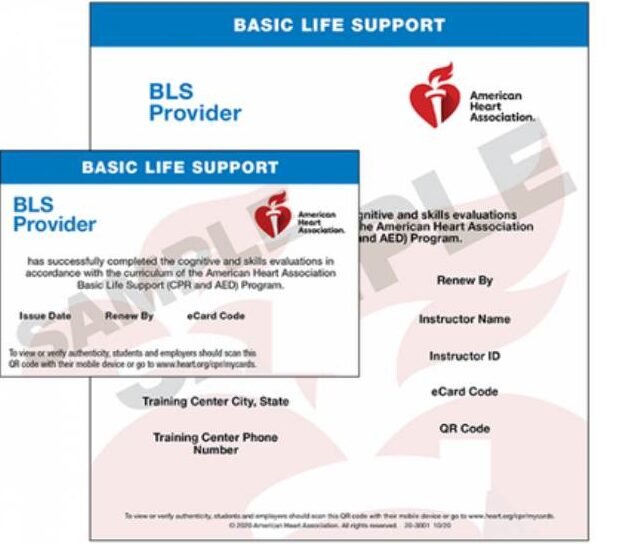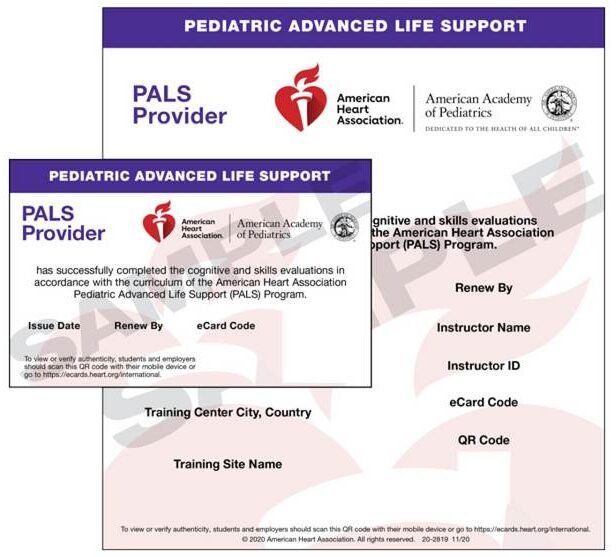Are you preparing for the CPR certification exam? If so, you’re taking an important step toward being ready to save someone’s life in a critical moment. This exam isn’t just about memorizing facts; it’s about gaining the confidence and skills needed to act quickly and effectively when someone is in trouble. During a cardiac emergency, knowing the CPR technique is essential for effective resuscitation, which involves performing chest compressions and rescue breaths, both critical components of CPR. If someone is unresponsive, checking for a pulse helps determine whether CPR is necessary. In choking cases, responding quickly with appropriate methods such as back blows or abdominal thrusts can help clear the airway. Proper training teaches you how to perform rescue breaths correctly and recognize when to switch between breaths and compressions to maximize the chances of saving a life. Whether you’re pursuing certification for work, volunteering, or personal knowledge, understanding what to expect and how to prepare can make a big difference in your success. You should also be aware that there are two main types of CPR certification: AHA (American Heart Association) and ARC (American Red Cross). Both organizations offer training that covers essential life-saving techniques, but there are slight differences in their approaches and requirements.
As you get ready, focus on practicing these fundamental CPR techniques and reviewing the steps involved. The exam typically tests both your theoretical understanding and your hands-on ability to perform CPR and use an automated external defibrillator (AED). Remember, staying calm and confident during the exam will help you showcase the skills you’ve trained for. With the right preparation and a positive mindset, you’ll be well on your way to earning your certification and becoming a trusted responder in emergencies.
1. CPR Exam Structure: Two Main Components
The CPR certification exam is divided into two key parts: a written test and a hands-on skills evaluation. Both components are essential to demonstrate your understanding and ability to perform life-saving techniques effectively.
1a. The Written Test
- The written test typically consists of multiple-choice questions or scenario-based questions that require you to select the correct answer. It might include questions about recognizing signs of cardiac arrest, knowing the proper sequence of CPR steps, and understanding safety precautions.
- This part of the exam is designed to assess your theoretical knowledge of CPR, including understanding why each step is important and when to apply different CPR techniques for infants, children, and adults.
- Some questions may involve situational judgments where you need to determine the best action to take in emergency scenarios, testing your ability to apply knowledge practically.
- Preparing for this part involves reviewing CPR guidelines, understanding the protocols for different age groups, and familiarizing yourself with common emergencies.
1a.i. CPR Certification Exam: Written Test Tips
Here are some tips to help you prepare effectively for a CPR certification written test
- Review Official Guidelines
Study the latest CPR guidelines from reputable sources like the AHA or ARC. Focus on the correct procedures, steps, and protocols. - Practice Scenario Questions
Find practice exams or create your scenarios to test your understanding and decision-making skills under timed conditions. - Learn the Key Components
Memorize critical facts, such as compression depth (about 2 inches), rate (100-120 compressions per minute), and the sequence (CHECK, CALL, CARE). - Use Flashcards
Use flashcards to reinforce key concepts, vocabulary, and procedures, making recall quicker during the test. - Join a Study Group
Collaborating with others can help reinforce your knowledge and clarify any confusing points.
You can practice the CPR Certification test online
1b. The Skills Test
- The skill test is a practical demonstration where you perform CPR on a manikin under the supervision of an examiner.
- This includes performing high-quality chest compressions at the correct depth and rate, giving rescue breaths properly, and using an AED if available.
- During the test, examiners observe your technique closely to ensure you perform each step correctly, including hand placement, compression depth, recoil, and the timing of breaths.
- CPR instructors also look for your ability to stay calm, adapt to different scenarios, and follow the correct sequence of actions.
- Passing this part demonstrates that you can effectively translate your knowledge into real-life action, which is critical in emergencies.
- Knowing the structure of the CPR certification exam is crucial for effective preparation and confidence on exam day, as it typically includes both a written test and a practical skills assessment.
1b.i. CPR Certification Exam: Skill Test Tips
Here are some tips to help you prepare effectively for a CPR certification skill test
- Practice on a Manikin
Regular hands-on practice boosts muscle memory. Focus on performing high-quality compressions and rescue breaths until they feel natural. - Focus on Technique
Pay attention to hand placement, compression depth, and allowing full recoil. Use a timer to match the recommended compression rate. - Simulate Real-Life Scenarios
Practice with different emergencies to stay adaptable and confident in managing various scenarios. - Get Feedback
Work with a trainer or instructor who can give you constructive feedback and correct your technique. - Stay Calm
Practice maintaining composure during your performance; confidence can improve your technique and reduce nervousness. - Use Checklists
Develop mental or written checklists to ensure you don’t miss any critical steps during the demonstration.
2. CPR Exam Duration
The CPR certification exam usually includes a multiple-choice written test and a hands-on skills assessment. The written portion, typically featuring about 25 questions, takes only a few minutes to complete. The skills test, which requires demonstrating CPR and AED techniques on a manikin, can last anywhere from 60 minutes to 2 hours, depending on the course format and your level of experience.
3. What if You Don’t Pass?
If you don’t pass the CPR exam on your first attempt, don’t be discouraged. Most organizations allow you to retake the test after a certain period, sometimes with a small re-examination fee. Take the opportunity to review areas where you struggled, focus on practicing skills more thoroughly, and clarify any misconceptions. Many candidates find that with additional practice and study, they become more confident and perform better on their next attempt. Remember, earning CPR certification is a valuable skill, and persistence will help you achieve your goal.
4. Revise the CPR certification syllabus
Revising the CPR certification syllabus in your exam is a great way to stay organized and focused in your preparation. Typically, the syllabus covers key topics such as
- Basic life support principles and techniques
- Recognition of cardiac emergencies and breathing problems
- Proper CPR procedures for adults, children, and infants
- Use of Automated External Defibrillators (AEDs)
- Choking relief techniques
- Safety precautions and scene assessment
- Ethical considerations and best practices in emergencies
Go through each section of your syllabus to ensure you understand the core concepts and skills. Highlight areas where you’re confident and identify topics needing more review. Practicing practical skills alongside studying the syllabus content will help solidify your knowledge and boost your confidence for the exam.
Final Thoughts: Prepare with Purpose, Pass with Confidence
Getting ready for your CPR certification exam might feel overwhelming at first, but with focused practice and the right mindset, you’ll be more than prepared to succeed. Remember, it’s not just about passing a test; it’s about gaining the confidence to step in and save a life when it counts. Take the time to understand the material, practice your hands-on skills regularly, and don’t hesitate to ask questions or get feedback. Stay calm, stay positive, and trust the work you’ve put in. With preparation and persistence, you’ll walk into your exam ready to earn your certification and become someone others can count on in an emergency. If you’re looking for expert-led training. Bayside CPR offers ACLS, PALS, BLS, and CPR & First Aid courses to help you build lifesaving skills with confidence. Whether you are a healthcare provider, parent, referee, sports coach, nanny, or school teacher, this class is suitable for you.
